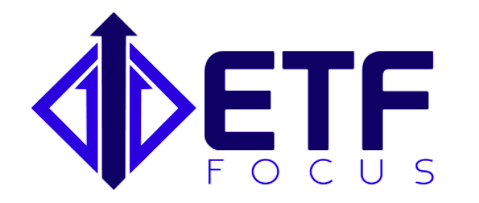
In 2012, Washington and Colorado became the first states to legalize recreational marijuana use. By 2020, it’s expected that marijuana will grow to a $21 billion a year industry. ETF investors who have been clamoring for a good way to get in on the cannabis trend have largely been unserved. There’s the recently launched Horizons Marijuana Life Sciences ETF (HMMJ) but that only trades on the Toronto Stock Exchange. That’s about to change as the ETFMG Alternative Agroscience ETF is scheduled to begin trading later in December.
Just don’t call it a new fund. The Alternative Agroscience ETF, the first U.S. traded fund dedicated to investing in marijuana cultivators and distributors, is actually going to be a complete rebuild of an existing fund.
The Marijuana ETF is still about a month and a half away, but here’s what we know about it so far. It will track the Alternative Agroscience Index, an index that invests in companies that are primarily engaged in the legal cultivation, production and distribution of cannabis, pharmaceutical companies that manufacture or market cannabinoid-related drugs and businesses that make fertilizers and pesticides used in the cultivation of cannabis. The fund will only include companies that operate in states where marijuana is legal.
The potential for a marijuana ETF is huge. Currently, 29 states and the District of Columbia have legalized medical marijuana, while 8 states along with DC have legalized recreational marijuana (Maine is still in a bit of legal limbo). Medical marijuana alone nets California an estimated $50 million in tax revenue per year. Colorado in its first year with legal marijuana raised more than $100 million in revenue. It raised $163 million in its second. Needless to say, with money like that on the line, states will find ways to make weed legal. The $21 billion estimate in 2020 could very well end up being conservative.
Investors have already demonstrated their eagerness to get in on the boom. The Horizons ETF is up 44% since it debuted in April. It’s already built up more than $216 million in assets. Clearly, the interest is there.
So, back to the original point of this ETF not being a new fund. ETFMG, the issuer of the fund, is actually taking an old ETF and transforming it into the new Marijuana ETF. Sound confusing? Let me explain. The Tierra XP Latin America Real Estate ETF (LARE) is essentially being take out behind the woodshed and put to rest. ETFMG is essentially taking the fund, changing its benchmark index and its objective, and rebranding it as a new fund. Yes, an ETF issuer can do this. In fact, ETFMG did it just earlier this year when it kicked PureFunds to the curb as the index provider for a number of its funds.
There’s two questions that need to be answered here. First, why is the fund changing its focus from Latin American real estate to marijuana? Second, why is ETFMG rebranding an existing fund instead of just launching a new one?
The first question is fairly easy to answer. It’s for the reasons already mentioned above. The marijuana industry is hot and there isn’t currently an ETF that focuses on it. ETFMG is hoping for a first-mover advantage and is looking to replicate the success that the Horizons ETF is enjoying. The second question is a little trickier. Sometimes, for any number of reasons, a new ETF just doesn’t catch on. With LARE, performance hasn’t been an issue (it’s up a total of 36% since its inception in late 2015). Despite the solid results, the fund just hasn’t been able to gain traction. With just $6 million in assets, ETFMG decided it wasn’t going to be a viable product and made the choice to move on. But launching a new fund is expensive. What’s much cheaper is to just change the index and investment objective on an existing fund. And don’t ignore the other added bonus that ETFMG can keep the fund’s track record. It can still advertise that the fund has returned 36% since inception, even though that return was achieved targeting a segment of the market completely different than the one it’s currently targeting.
It’s understandable why ETFMG would try to strike while the iron is hot, but, still, it’s an unfortunate end for an ETF that actually did pretty well.
If you enjoyed reading this article, please be sure to share it below and subscribe to the site so that you don't miss any updates or new stuff! As always, thank you for taking the time to read!

